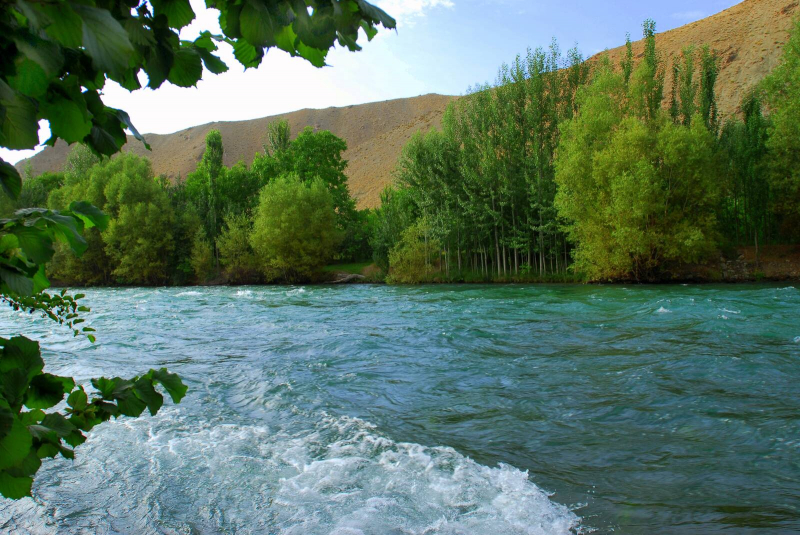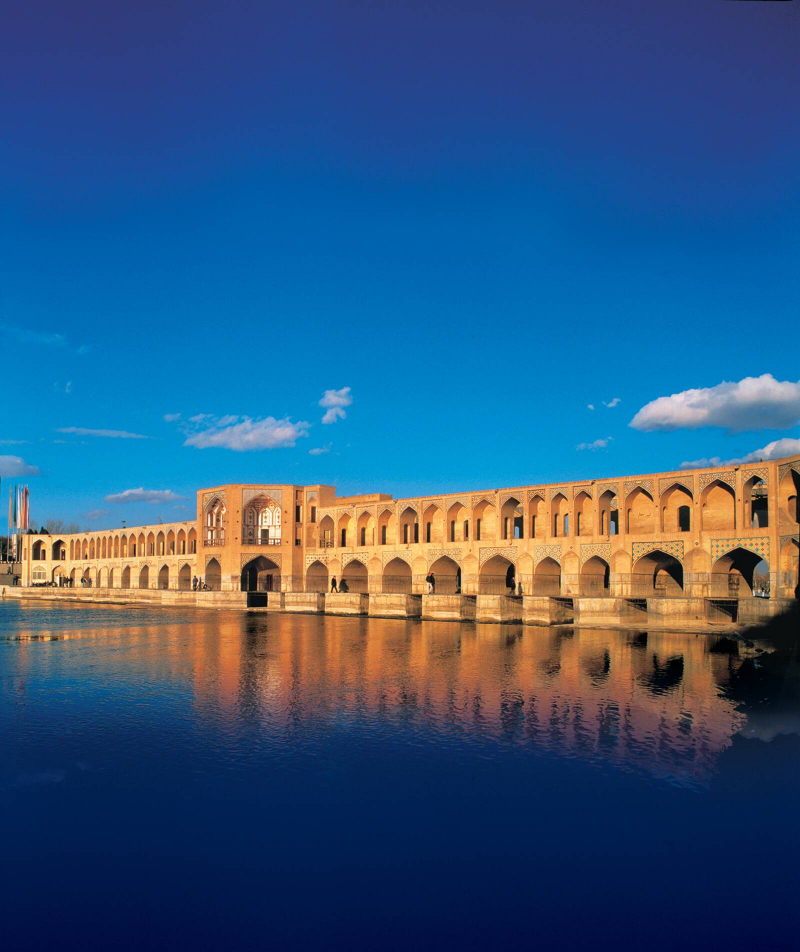Zayanderud

Zayanderud, sometimes called Zayandeh-Rood or Zayanderood, is the biggest river in central Iran on the Iranian Plateau. The Zayandeh begins in the Zagros Mountains' Zard-Kuh subrange in Chaharmahal and Bakhtiari Province. It runs 400 kilometers (249 miles) east before reaching the Gavkhouni marsh, a seasonal salt lake southeast of Isfahan (Esfahan). The Zayandeh used to have substantial year-round flow, unlike many of Iran's seasonal rivers, but it now runs dry owing to water extraction before reaching the city of Esfahan. After several years of periodic dry-outs, the lower parts of the river fully dried out in the early 2010s.
For thousands of years, people have lived on the banks of the Zayandeh River. The oldest evidence of human occupancy along the River is found in a cave named Qaleh Bozi in Dizicheh, which is located southwest of Isfahan. More than 40,000 years ago, groups of Paleolithic hunters (Neanderthals) visited Qaleh Bozi caverns for seasonal or transitory occupations, leaving stone tools and hunting animal bones behind. In the sixth millennium BC, the Zayandeh River Civilization developed along the Zayandeh's banks.
Total Length: 249 miles









